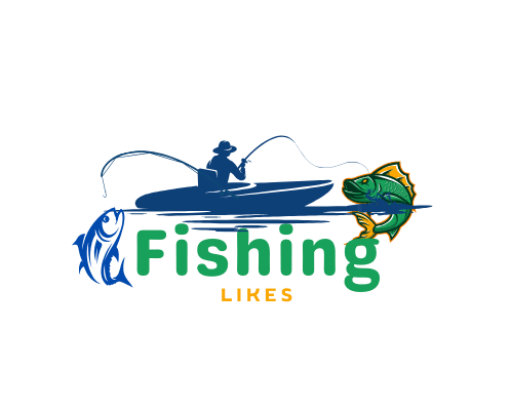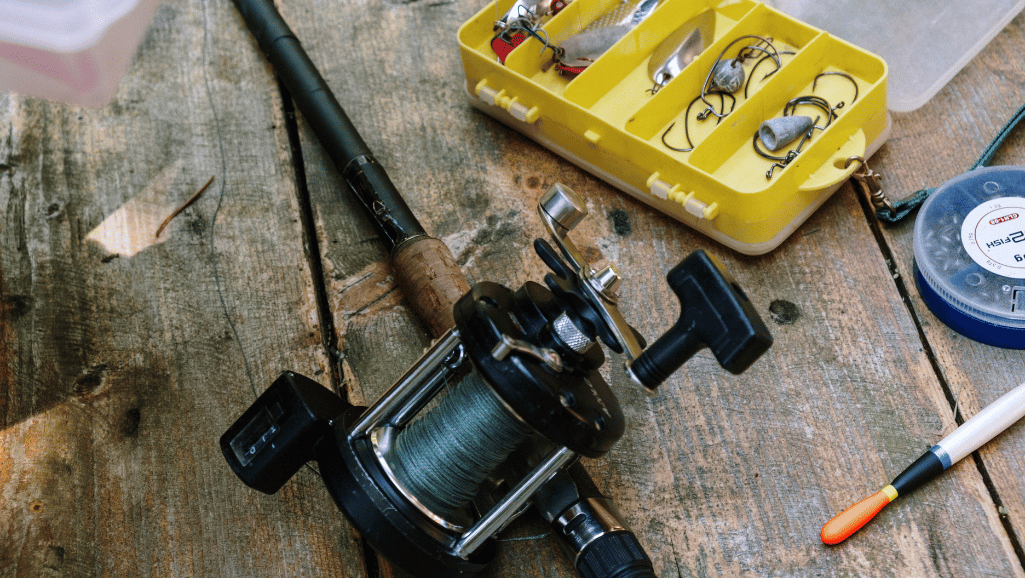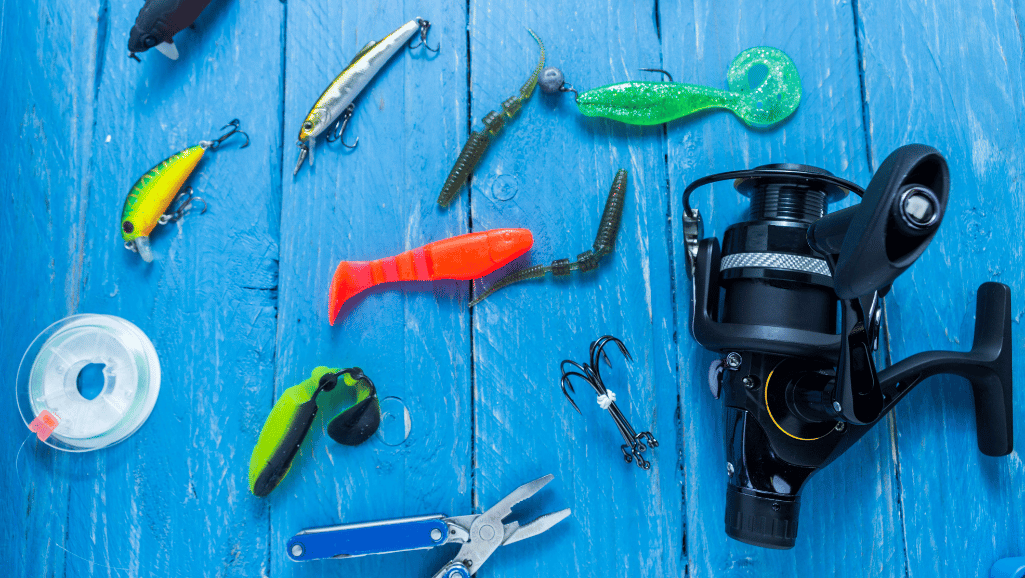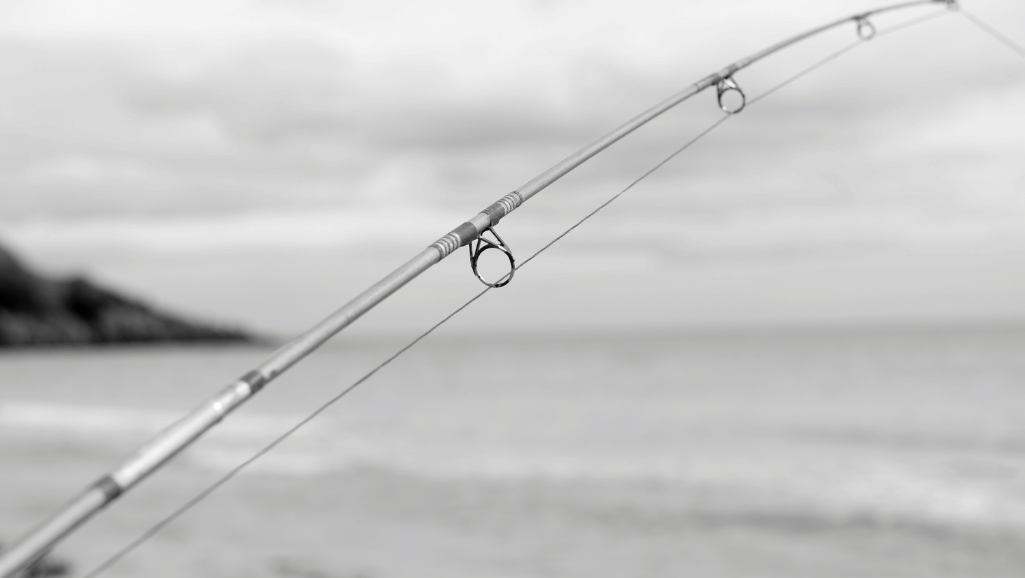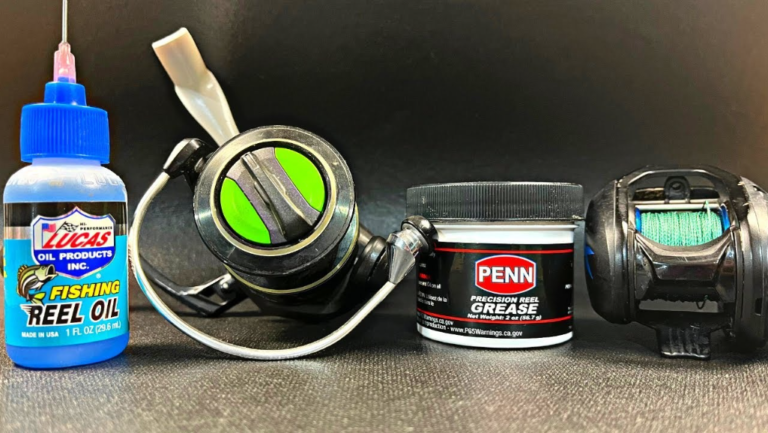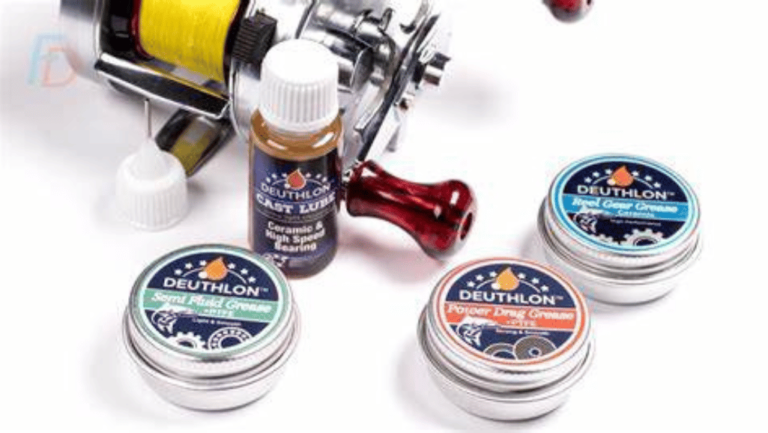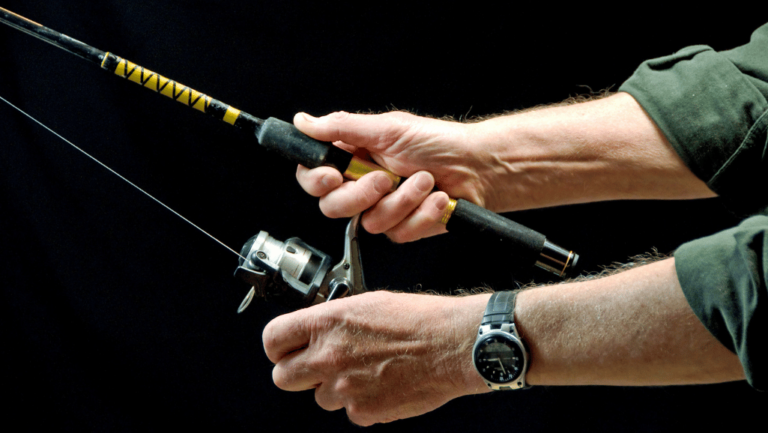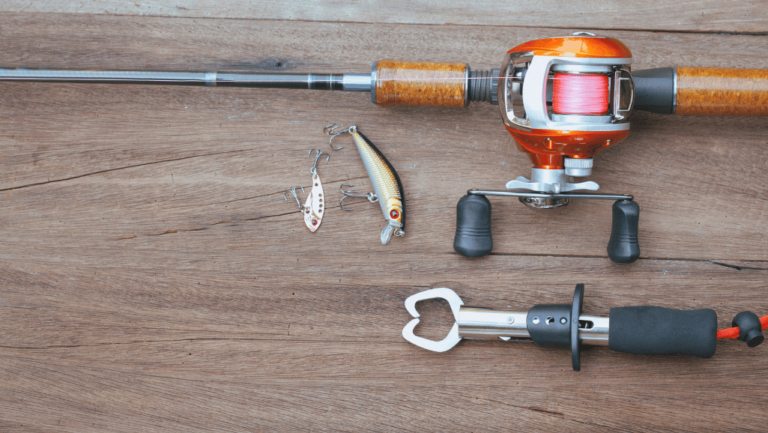Welcome to the ultimate guide on mastering silver fishing. This overview will teach you about the different behaviors of silver fish. It will also give you useful fishing tips and show you where the best spots are. It doesn’t matter if you’re a pro or just starting. Knowing the right techniques and having the best gear is key to silver fishing. Especially for silver salmon, there are specific ways to fish, like the way you cast and use your gear. By following these methods, your fishing trips will be more successful, and you’ll catch more fish.
Key Takeaways
- Silver salmon are most abundant from late summer to early fall, varying by region.
- Recommended fishing line strength: 10-20 pounds.
- Effective techniques include casting and retrieving, trolling, and drift fishing.
- Popular lures: vibrant spinners (1/4 to 1/2 ounce) and spoons (3 to 4 inches).
- Live bait options: herring or shrimp.
Understanding Silver Fish Species
Success in catching silver fish comes from knowing about them. They are known for their bright colors. Each type needs its own fishing method to be caught well.
Types of Silver Fish
Silver fishing is exciting because of the variety of fish. Some well-known species include:
- Roach: A classic silver species, roach can grow over 2 pounds and are highly sought after for their size and sporting value.
- Rudd: Known for its upturned mouth and silver-to-gold coloring, rudd is another popular target for anglers.
- Skimmer Bream: Often confused with true silver bream, skimmer bream are silver when young and famous for creating hectic fishing action.
- Ide: Also known as orfe, ide can contribute significant weight if caught in a shoal, making them a valued catch.
- Dace: These sleek and fast-biting fish are making a notable comeback in some river systems.
- Chub: With their silver to gold scales, chub can be found in still waters, canals, and rivers, presenting an exciting challenge for anglers.
- Non-traditional Silvers: This includes tench, perch, crucian carp, F1 carp, which can all be part of a memorable silver fishing match.
Behavior Patterns
To catch silver fish, it’s important to know how they act. They have habits that make them predictable. This helps with fishing techniques:
- Migratory Patterns: For instance, silver salmon (also known as coho salmon) predominantly appear from late summer to early fall, making timing crucial for anglers.
- Feeding Behavior: Recognized for their aggressive nature and top-surface feeding, silver fish species often respond well to lures, making them incredibly effective.
- Habitat Preferences: Silver fish favor warm, shallow waters, which are often found in areas where rivers meet the ocean, providing ideal fishing grounds.
Knowing these behaviors helps anglers. It makes their fishing better. They can catch more and have a great time.
Essential Fishing Gear for Success
Getting the right fishing gear is key to silver fishing success. You need strong rods, the best lures, and baits. Each item is crucial for catching fish.
Rods and Reels
A strong rod and reel are essential. The Shimano Spinning Rod is perfect for big silver fish. It’s 7-Feet 2-Inch size and power make it great. Use it with the Abu Garcia Cardinal SX30 Spinning Reel. It has a good drag system and holds a lot of fishing line, perfect for big battles.
Fishing Line Choices
Choosing the right line matters a lot. The P-Line Fluorocarbon: 8 pound test fishing line is great because fish can’t easily see it underwater. For bigger fish, a monofilament line with 20-30 lbs test is better.
Lures and Baits
For silver fishing, choosing the right lures and baits is important. The Yamamoto Senko Bait and Reaction Innovations Sweet Beaver are good choices. They have bright colors and attract fish well. Adding weights like Bullet Weights and Drop Shot Weight helps keep the lure natural in the water. This is key for catching fish.
| Component | Recommended Product | Specifications |
|---|---|---|
| Rod | Shimano Spinning Rod | 7-Feet 2-Inch Medium Heavy Action |
| Reel | Abu Garcia Cardinal SX30 Spinning Reel | Strong drag system, minimum line capacity of 150 yards |
| Fishing Line | P-Line Fluorocarbon | 8 pound test fishing line |
| Weights | Bullet Weights | 1/4 oz. 10 Count Bag |
| Lures | Yamamoto Senko Bait | Dark Green Pumpkin Amber Laminate, 5-Inch |
The gear in this list will help you have a great silver fishing trip. It’s about choosing the best rods, and reels, and the right lures and baits. With the correct equipment, you can fish better and have more fun.
Best Lures for Silver Salmon
Anglers often look for the best lures to catch silver salmon. These lures imitate what the fish naturally eats. Choosing the right one greatly improves your chances of success. We will look at the top picks and how to use them best.
Vibrant Spinners
Many anglers find success with vibrant spinners when fishing for silver salmon. These spinners stand out with their bright colors and shiny surfaces. They work well in all kinds of water. A good size for them is usually between 1/4 and 1/2 ounce. This size makes them visible without being too heavy. Techniques like a steady pull or changing up the speed can make them even more attractive to fish.
Flashy Spoons
Flashy spoons are a top pick too. They have unique, shiny designs that draw in silver salmon. The best sizes for these spoons are generally 3 to 4 inches. To use them well, keep the movement steady. This way, the spoon’s shine is always visible. For more tips on using these lures, check out this guide on mastering the art of catching silver salmon with lures.
Vibrating Plugs
Vibrating plugs are essential for anyone after silver salmon. These lures move like real baitfish. They also make vibrations that attract salmon. Using them with a steady pull, but stopping once in a while, can get you more bites. They’re good to use with fishing lines between 10 and 20 pounds.
Remember, the top lures for silver salmon are great at looking like real food and sparking the fish’s hunting instinct. By changing how you move the lure and knowing when and where to fish, you can catch more salmon.
| Lure Type | Ideal Size | Primary Feature | Recommended Technique |
|---|---|---|---|
| Vibrant Spinners | 1/4 – 1/2 ounce | Bright, reflective surfaces | Steady retrieve |
| Flashy Spoons | 3 – 4 inches | Shimmering patterns | Consistent retrieve speed |
| Vibrating Plugs | Varies | Realistic movements | Steady retrieve with pauses |
Effective Fishing Techniques
Learning several fishing methods is key to a good time when silver fishing. Knowing the right moments and ways to fish, like casting, trolling, and drift fishing, boosts your chances of catching something.
Casting and Retrieving
Casting and retrieving works well during sunrise and sunset when silver salmon are active. This method is about throwing out lures like spinners, spoons, or flies. Then, you pull them back at different speeds to act like their prey moving. Changing how fast you pull the lure back and its path can catch more fish.
Trolling Techniques
Boats often use trolling, especially in the sea. For coho salmon, it is effective to troll at 1.5 to 3.0 mph. Downriggers and divers help get the bait down to the fish, usually 40 to 90 feet deep. Common trolling lures are spoons, hootchies, and spinner/hootchie combos with flashers. Using braid for the mainline and fluorocarbon for leaders is also smart.
Drift Fishing Methods
Drift fishing is great for rivers, like the Kenai River. Letting your bait or lure move with the water attracts fish by looking real. For silver salmon, try using spinners, jigs, or flies, especially in the fall. Change how you pull to match how real bait moves. This can draw fish in to bite.
Choosing the Right Fishing Equipment
Choosing the right fishing equipment is key. Quality gear is important for good performance and lasting a long time. Here’s how to pick the best gear and keep it in top shape.
Investing in Quality Gear
Success in silver fishing hinges on quality gear. Rods are vital and come in three price classes: cheap, medium, and high-end. One-piece rods are better than multi-piece ones. Graphite rods are lighter but more delicate. A seven-foot rod is best for many situations, its stiffness should fit the fish size. Fast rods are great for lifting, and guide material affects weight and durability.
Choosing a good reel matters too. Spinning reels work well for beginners but can’t handle huge fish like Marlin. For big fish, a reel with a strong drag is a must. Baitcasting reels with a level wind make line retrieval even. All reels need practice to avoid snags.
For setup, use rods that are 8-9 feet for casting and setting the hook. Reels need to hold at least 150 yards of 20-30 lb line for silver salmon and match this line weight. Use bait like herring, anchovies, or shrimp with hooks sized 2/0 or 3/0.
Maintaining Your Equipment
Good care helps your gear last longer. Clean and check for damage often to avoid problems on the water. Make sure everything is working well before your trips. Fine-tune your line and use sensitive floats for catching more fish.
For catching silver salmon, the best time is from July to September. You also need a fishing license in most places.
Top Fishing Spots for Silver Fish
For those who love to fish for silver species, the best spots include rivers, lakes, and the coast. Each place offers a different experience. They challenge anglers in their unique ways to catch silver fish.
Rivers and Streams
Rivers and streams are full of life. They are great for catching silver fish. For big silver salmon, check out the Kenai River in Alaska from August to early September. Campbell River in British Columbia is also fantastic for silver salmon, available from August to September.
In Alaska, the Togiak River sees a lot of silver salmon from August to September. The Skeena River in British Columbia is good from August to October for these fish. It’s a great place for fishers.
Lakes and Reservoirs
Sitka, Alaska, is special for silver salmon fishing from mid-August to September. It offers fishing in its unique saltwater environment. Lakes and reservoirs are also great for fishing silver species.
Coastal Areas
Coastal spots are great for fishing silver fish too. In Resurrection Bay, Seward, you can find silver salmon from late August to September. Knik Access is another good area, where you might find pink and silver salmon, based on the rules.
| Location | Best Time | Unique Features |
|---|---|---|
| Kenai River, Alaska | Mid-August to Early September | Turquoise blue waters, lush spruce forests |
| Campbell River, British Columbia | August through September | Strong silver salmon runs |
| Resurrection Bay, Alaska | Late August through September | Saltwater fishing near Seward |
Exploring these prime spots in rivers, lakes, and the coast brings a thrilling fishing adventure. It enriches the silver fish fishing experience.
Seasonal Tips for Silver Fishing
Silver fishing requires planning for the seasons and tweaking your methods. It’s important to know the best times of the year and to be ready for weather changes. This way, fishers can improve their chances of catching more silver fish.
Best Times of Year
For the best silver salmon fishing, aim for late summer through early fall. This is when the salmon move most and can be found in groups. By fishing during these months, you increase your odds of catching more.
You’ll often find salmon schooling at this time. This means you’re more likely to see groups of fish rather than just one.
Weather and Water Conditions
The weather and water are key in silver salmon fishing. The clarity and temperature of the water matter, as they affect fish movements. Matching your fishing gear to the conditions, such as using bright lures in murky water, is smart. Changing your lure’s speed, depth, and movement can also help.
Watching the water’s flow and adjusting to its speed is important. Silver salmon are drawn to rivers and estuaries, making it crucial to know the best times and places to fish.
| Key Factors | Details |
|---|---|
| Peak Season | Late summer to early fall |
| Recommended Lures | Spoons, spinners, and streamer flies (colors: silver, chartreuse, pink) |
| Weather Adaptation | Clear water: subtle lures; Murky water: bright, noticeable baits |
| Water Conditions | Adjust retrieval speed, depth, pattern; Focus on river and estuary locations |
These tips stress the critical role of timing and knowing the environment. Careful thought about these elements can really enhance your fishing adventures.
Using Live Bait Versus Artificial Lures
Picking between live bait and artificial lures can impact how well you catch fish. Each choice has its benefits. Knowing the good and bad can help you choose wisely.
Pros and Cons of Live Bait
Live baits are effective because they look and smell like real food for fish. Earthworms are great for catching a wide variety of freshwater fish. Other popular live baits are minnows, crickets, and leeches.
| Advantages | Disadvantages |
|---|---|
| Highly appealing due to natural texture and odor | Can be difficult to source |
| Effective for various species | Requires proper storage |
| Easy to use for beginners | Limited reusability |
| Increased bite success | Variable quality |
Advantages of Artificial Lures
Artificial lures have their own set of advantages and are preferred by many anglers. They come in different shapes and colors. This variety lets you fish at different depths. Common choices include crankbaits, jigs, and flies.
Using artificial lures is faster than getting live bait, which can save time. This is good for anglers who fish on short trips. Also, large artificial lures can attract big fish. They are often cheaper than buying large live baits.
Artificial lures let you control how your bait moves. This can make fish strike out of curiosity or to protect their area. They also help you cast your line farther and more accurately. This can help cover more water and catch more fish.
- Artificial lures enhance visual cues and vibrations.
- Enable lightweight tackle use.
- Provide better hook sets.
- More effective in rough surf conditions.
- Beneficial for offshore angling for bluefin and yellowfin tuna.
- Versatility in matching various baitfish species.
The choice between live bait and artificial lures depends on where you fish and what fish you’re after. Each method has its benefits. But using both together might be the best approach for silver fishing.
Advanced Strategies for Silver Fishing
Anglers wanting to improve at silver fishing should learn advanced strategies. They need to understand how to read currents and find feeding areas. These skills will boost their catches.
Reading Water Currents
Knowing how to read water currents is key to better fishing trips. Fish often gather where they can easily get food without using much energy. Examining the water’s surface and how it moves around things helps predict where fish might be.
Targeting Feeding Zones
It’s important to know where fish feed. Species like roach, rudd, and skimmer bream look for food in calm, shallow waters. Learning about these spots is especially useful when fishing against others. Shaun Gaskell, for example, did very well in competitions by focusing on these feeding areas.
| Fish Species | Stocked Quantity |
|---|---|
| Walleye | 26,500,000 |
| Lake Trout | 4,200,000 |
| Brook Trout | 450,000 |
| Black Crappie | 230,000 |
| Channel Catfish | 1,600,000 |
| Smallmouth Bass | 53,000 |
Picking the right fly and exploring streams well are also vital. Using spincasting helps cover more water, finding those active feeding zones. These advanced silver fishing strategies can really improve anglers’ success.
Beginners’ Guide to Silver Fishing
Starting your silver fishing journey is thrilling yet challenging. This beginner fishing guide will help you kick off. It’s all about setting up your gear and grasping basic fishing concepts. Let’s begin your fishing adventure the right way.
Getting Started
To start silver fishing, become familiar with your gear. Choosing a medium-action rod and sturdy reel is wise. These are good for silver fish because they fight hard. Know the local fishing rules, like the Silver Salmon six-fish limit.
Fishing from late summer to early fall is ideal. This is when Brad Steuart catches 20-pound Northern Silver Salmon. Having the proper equipment is crucial for newbies.
Properly handling your catch is key to its taste and quality. Fishing at places like Boardwalk Lodge means you can use their big drying tables and vacuum machines. Vacuum-seal your fish in tough freezer bags to keep them fresh longer.
Safety Tips
Keep safety first for fun fishing. Here are some key safety tips:
- Always wear a lifejacket when fishing on boats or in deep waters.
- Handle your gear, like hooks and knives, with caution.
- Know the weather for safe planning.
- Share your fishing plans and where you’ll be with others.
Protect yourself with a good first aid kit. These precautions are vital for a safe silver fishing trip. They help avoid minor mishaps and focus on the fishing fun.
With these insights, silver fishing for beginners is smooth sailing. You’ll love the challenge of catching big fish. And with every catch, you’ll grow more confident and skilled in silver fishing. Enjoy landing Silver Salmon and releasing 60-pound Halibut as you develop your fishing talent.
Silver Fishing: Common Mistakes to Avoid
Silver fishing can be tricky. Many folks face issues that lower their chances of catching fish. Knowing and steering clear of these pitfalls can make your fishing adventures more fruitful.
Incorrect Gear Choices
Gearing up wrongly is a top mistake. It’s key to pick the best rods, reels, and lines. For instance, too-heavy gear might spook the fish you’re after. It’s the same with picking the wrong float size, which can mean you miss bites or fail to hook fish.
Just look at Shaun Gaskell’s success in the 2019/2020 winter fishing meets. He proved the right gear matters with his wins. So, get top-notch gear that suits your fishing ambitions to avoid these headaches.
Improper Techniques
Getting techniques wrong is also a big misstep. Silver fish like roach and bream often swim together, especially when young. Not knowing their habits leads to using the wrong fishing moves. For example, using small nymphs for sight-fishing or wet flies to mimic hatching mayflies can work wonders. In places like Silver Creek, these well-thought tactics help catch more fish.
But a wrong move here can mean wasted time and less success. Match your fishing style with what the fish actually do, and you’ll see a big change in your catches.
Fly-fishing fans often miss out on great chances in certain seasons. Windy days from summer to fall can bring insects like grasshoppers onto the water. This is a big moment for fly fishing. Not spotting these cues is a missed opportunity. Paying attention to the weather and season can really up your fishing game.
So, remember to choose your gear wisely and use the right techniques. This not only boosts your chances of catching fish but also makes your time on the water more fulfilling.
Conclusion
To master silver fishing, learn about fish behavior and the best gear. Also, know when to fish – usually late summer to early fall. During this time, silver salmon move to fresh water rivers to spawn.
Use lures that look like baitfish, such as spoons. It will help you catch more fish. Follow the fishing rules in your area, like size limits, to protect fish for the future.
Try to be quiet and wear clothes that don’t scare the fish away. Be patient, and try different ways to use your lures. These tricks can help you catch more fish.
If you want to make your silver fishing better, try fly fishing with streamer flies. Or go drift fishing in popular spots like the Kenai River. A local Alaskan fishing guide can show you the best places and ways to fish. This advice, along with your skills, can make your fishing trip a success.
